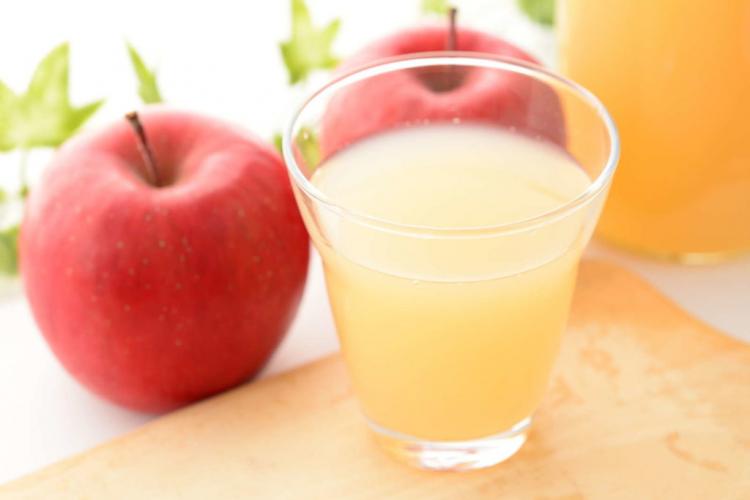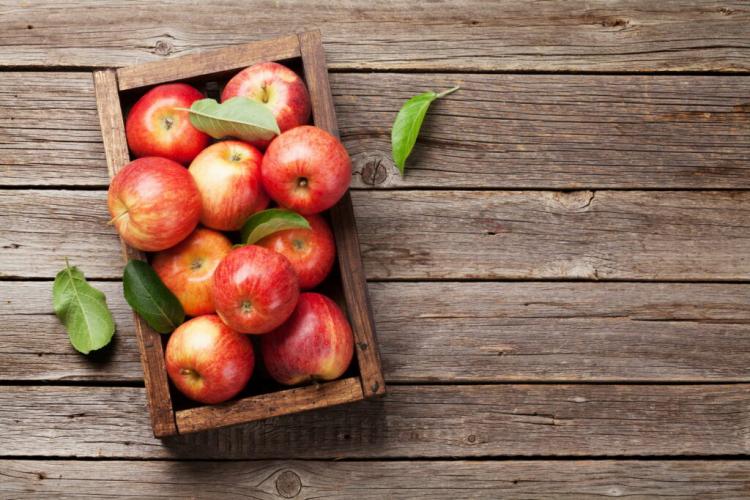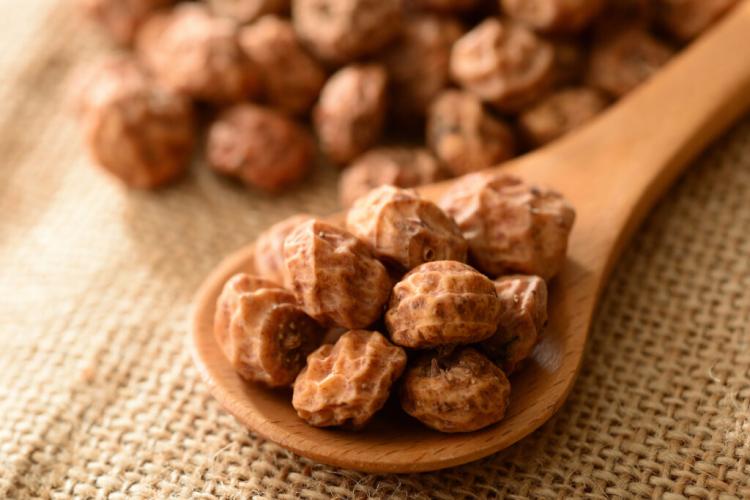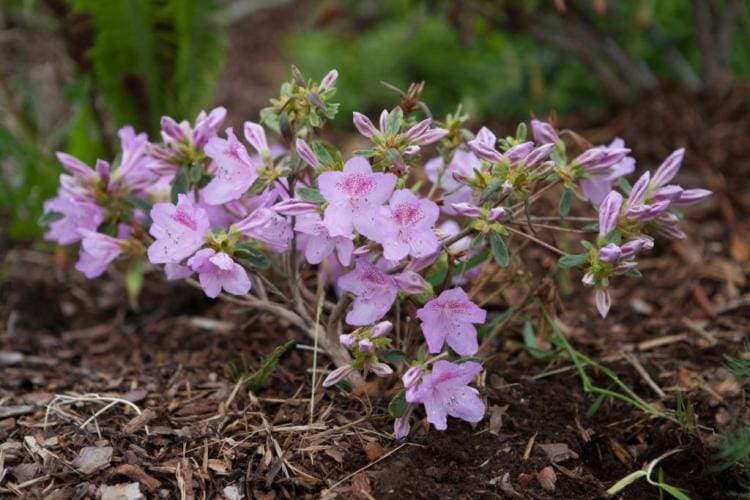How To Harvest And Store Apples
When are the apples ripe on the tree and how can you enjoy them for as long as possible? Important questions to which you will find an answer here.
One would like to live as long as possible from the harvest from one’s own apple tree ( Malus Domestica). But not all apples are ripe at the same time. Some are early and ripe as early as August, others are barely edible before December. In addition, a distinction must be made between the so-called picking and consumption maturity.
The harvest period for apples cannot be generalized. However, there are a few things you can do to determine whether an apple is ripe for harvest or whether it should be left on the tree. If the apple is harvested at the right time, the conditions for optimal storage are also very good, depending on the variety.
Harvesting apples: when is harvest time?
Table of Contents
The right time to harvest apples is not the same for every variety. Early varieties can be harvested as early as the beginning of August, but later by the end of October, and some are not ready to eat until December. Thus, with careful selection of the varieties, the possible harvest period for various apple trees in the garden can be extended to up to three months if early and late varieties are combined in the garden. Depending on the variety, you may have to compromise on taste, but apples from your own garden can be enjoyed over a long period of time.
You May Also Like Are Apples A Fruit?

Harvesting apples: when is the apple ripe?
When it comes to apples, a distinction is made between two states of ripeness: ripe for the picking and ripe for consumption. The so-called summer apples can be eaten straight from the tree – they are “ready to eat”. In the case of some late-ripening varieties, one speaks of picking ripeness if they have to be stored for a few more weeks after picking to achieve their full aroma and readiness for consumption.
The apples on a tree do not all ripen at the same time. This is a clear plus in terms of the longer harvest period. However, when it comes to distinguishing ripe and unripe apples when picking, the delayed ripeness can be a problem. In general, you can orient yourself by the fact that the fruits on the side facing away from the sun usually ripen more slowly than those on the sunny south side of the tree. To see whether the apple is really ripe, you tilt it slightly or turn it carefully. If the apple can then be easily detached, it is ripe.
You might so like: Balsam Apple: Location, Care And Propagation Of Clusia
Picking by hand is especially necessary if the apples are to be used as a dessert fruit. A picking aid can be very practical to reach the apples more easily at loftier heights and to harvest them unscathed from the tree. If, on the other hand, the apples are to be used to make applesauce, apple cider, or apple juice, apples that have already fallen can be used on the one hand, and apples can be harvested on the tree by conveniently shaking them on the other.
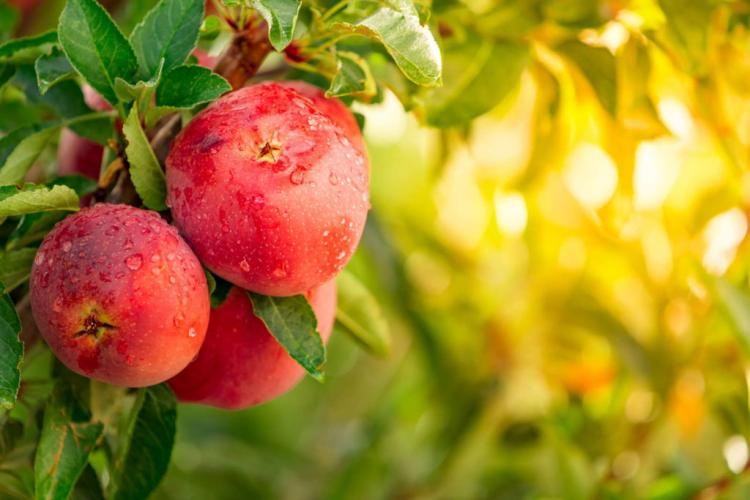
The following factors should be considered when harvesting apples:
- Is it an early, medium, or late-ripening variety?
- Is the apple “ripe for consumption” or “ripe for picking” to be harvested?
- Apples are ripe when they can be easily removed from the tree by tilting them slightly and with little effort
- Selectively pick dessert fruits by hand
- Apples for juice or applesauce can be shaken off the tree quickly and easily
Storing apples: helpful tips and tricks
The entire apple harvest should not necessarily be processed immediately, let alone consumed. That is why it is practical if the apples can be stored well. The selection of a well-storable apple variety is an essential criterion for a long storage period and the associated extension of the enjoyment period. However, there are a few things to consider so that the apples are stored optimally and thus successfully.
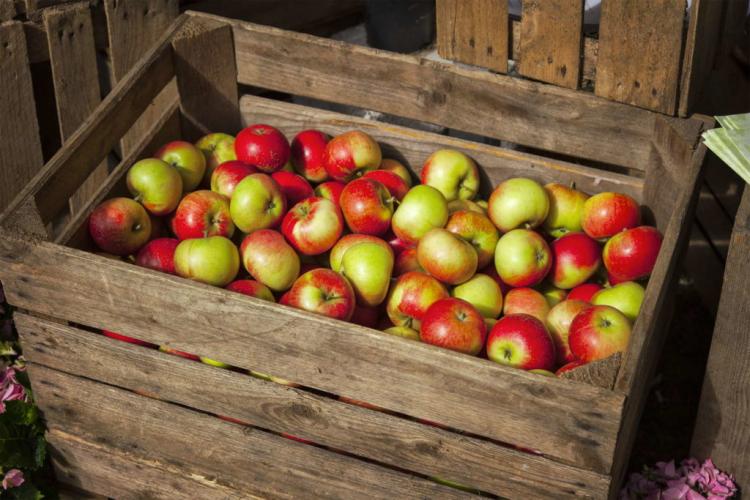
Store apples: Keep apples fresh longer
Optimal storage begins with the harvest: make sure that the apples do not get any bruises. The fabric quickly becomes mushy at pressure points and starts to rot much earlier. Therefore windfalls are not suitable for storage either. Apples with a worm sting should also not find their way into the warehouse. The unpopular reptiles ensure premature spoilage and also migrate from one apple to another.
For storage, put the apples in a box, ideally lined with newspaper and only in one layer. You should avoid stacking the apples, as this can also create unwanted pressure points. If you do not wash or polish, the natural wax layer is retained. It favors the shelf life of the apple because it reduces the gas exchange of the apple and thus also its respiration. This results in reduced production of gases such as ethylene, which accelerates the ripening of the fruit.
You might so like: Fertilizing Apple Tree: These Tips To Keep In Mind
Put the apple crates in a cool and dark place. The apples must be protected from temperature fluctuations and sub-zero temperatures. Check the stored apples regularly and remove bad specimens. Varieties that are particularly suitable for storage are, for example, ‘Cox Orange’, ‘Jonagold’ or ‘Roter Boskoop’. Early varieties such as ‘Alkmene’ and ‘Gravensteiner’, on the other hand, cannot be stored well.

Storing apples correctly summarized:
- A cool and dark place
- Protected against sub-zero temperatures and temperature fluctuations
- Checking the stored apples: never store apples with rotten spots, wormholes, and bruises
- Check stored apples regularly
Process apples and extend shelf life
Don’t just throw away apples that are not suitable for storage. Damaged, worm-infested or too small specimens can be processed into juice, jelly, or puree, for example. Even windfalls can still be used, as long as they are not rotten, despite the bruises. The apples can also be used directly, for example in the form of a delicious apple pie.
